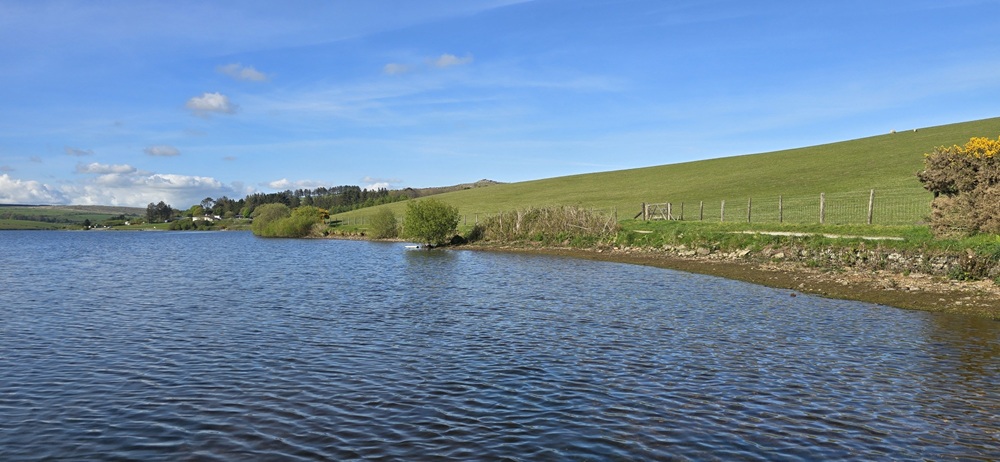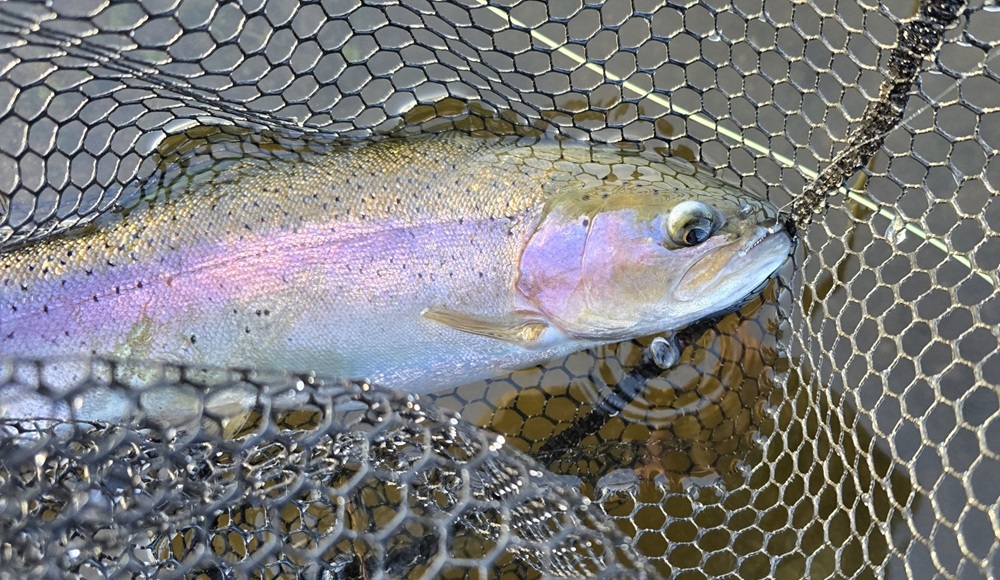
Steve explores another fishery near his temporary Cornish home.
When I was a young boy, my dad told me about his friend, Mr Webber the water bailiff. Someone he’d been at school with. When you’re 7 years old, and creeping around small streams with a hook and worm, the bailiff is like the boogey man. You expect to see him all the time, and my fishing licence was in a little purse. Getting caught without a licence was probably a criminal offence and the punishment dire; at least in the mind of a seven-year-old boy. My licence was dog-eared from reading all the little rules. The brown trout size limit was 6 inches in those days, and I had a little stick, carefully measured and cut, that sat in a tin box with hooks, swivels, and a precious ABU Droppen spinner. I had a separate bait tin for worms and cheese.
At one point, apparently Mr Webber had agreed to put some fish a small pond. I would be able to go and see them, and then try to catch them. I dreamt about that day but it never came.
Fifty-six years later, this memory was triggered by the idea of fishing Siblyback Lake, one of Cornwall’s South West Lakes Trust fisheries. (https://www.swlakestrust.org.uk/siblyback-lake). Mr Webber used to live near Siblyback.

Siblyback today.
I’ve written before about one of my favourite Cornish trout lakes, Colliford, a near-wild brown trout fishery, but I’d never fished Siblyback, a stocked rainbow trout fishery. And I don’t really know why not. It’s a little bit further to travel, but that’s not a reason. So I set a date for a later afternoon and evening session, and a few days later headed up the A30 (all trout fishing in Cornwall starts with the A30), turning onto the A38 past Dobwalls and into Doublebois, then turning left onto a B road, with just another 5 miles to go.
First impression? The lake is not that big, apparently 140 acres. You can see most of it as you drive into the car park. Second impression? Green fields running to the lake edge, lots of tree, bramble and gorse-lined banks; a beach bank to the south; dam wall to the south-west. It’s very picturesque, and it looked really fishy. I’m guessing it would take an hour to walk around without pauses; three or four hours to fish around.
There was a rise near the bank 100 metres to the east of the café; an establishment from which some very drunk young women emerged into the carpark from a Hen’s Party lunch. There are boats for hire when the recreation centre is open.

Crazy rainbow
As I started fishing, I was uncertain about the depth so I stuck with a floating line. Given there was the odd fish rising, I decided to fish two dries: a foam hopper, and a Red Tag. Why? The hopper because a returning fisherman told me he’d caught two fish on a hopper (odd I thought, for April in spring); the Red Tag because Siblyback is a renowned beetle fall fishery. I headed south along the footpath that circumnavigates the lake until the trees on the backcast cleared, waded out, and fished my way along the eastern shore for no result on the dries. After an hour of that, I tied on a tungsten bead jig head Magoo and had a hit almost straight away. But no hookup. Then, with regular chunky midge hatching off the surface, I tied on a big (size 8) black and red epoxy midge pupa, and finally opened my account with a crazy rainbow that was aerial for the better part of 5 minutes.
I fished through until after sunset, encountering trout at regular intervals. There was an hour or so of intense surface activity. I regularly had at least two or three cruising-and-mopping-up fish to cast to, which I really didn’t capitalise on. With hindsight I think a static Top Hat midge would have been better than a retrieved pupa.
Once the rise slowed down, I put the Magoo back on and roly-polyed several fish in as many casts.
Catch selection.
I’ve been back, and it was as good as the first visit, and I caught a really fat brown. The brown trout are apparently from a wild population – very cool!
At £19 for an evening ticket and £25 for the day, Siblyback is not cheap by Australian standards, but it has been worth every penny. Roly-poly retrieving Woolly Bugger variants was definitely the most effective technique when there were no fish rising. The fish have all been healthy and fat, in the 1 to 2 lb range, and a few were overwintered and in beautiful condition. Next visit I’m going to fish a Blob, a fly that’s never brought me notable success in Australia, but then again, neither had the roly-poly! All my fish were returned. Not a very UK thing to do apparently.

Happy to have another good option!
Anyway, good to know there’s another decent option nearby as I ‘overwinter’ in Cornwall.











